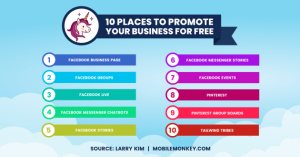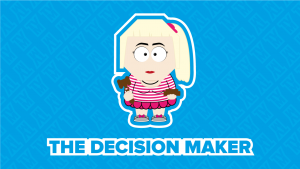Digital banking has been around for decades, but it has never been hotter, and it has never been more critical to the success of financial services companies.
“Distance banking” was first extended to personal banking customers in the early 1980s. Later in the decade it would be dubbed “Internet banking,” and it was just a fad until banks noticed that customers who used online banking churned less. Once customers set up all their recurring bill payments in the online app, it was more of a hassle for them to change banks where they would have to go through the same tedious setup exercise all over again.
In addition to improving customer loyalty, banks started to see that delivering services through online banking resulted in lower operational costs than traditional branch engagements, and also presented more effective product bundling and cross-selling opportunities.
Banks pushed hard for digital transformation
Banks really pushed digital banking throughout the 1990s. They incentivized adoption by giving digital banking customers higher interest rates and lower fees. Customers eventually overcame their reluctance to trust financial transactions online. As early as the mid-1990s, branchless banks were entering the market. By 2000, 80% of banks in the US offered online banking. Now it is effectively 100%.
Now that digital banking is a pervasive service offered by all, it would be easy for financial companies to treat it like a checkbox and move on to other means of competing for customers. Right? Wrong. The problem, ironically, is that now customers have adopted it and they love it too much.
Customers have fallen in love with digital banking
Customer adoption has skyrocketed. In 2019, two-thirds of customers used digital channels for most of their banking. 62% of those aged 19 to 20 and 53% of those aged 33 to 44 say they use mobile more than any other banking channel (ABA).
And then in March of 2020 the COVID-19 pandemic forced even those customers most hardened against digital banking to adopt it because there simply was no option. On March 19th, American Banker published survey results showing that 82% of customers were hesitant to go into their local branch because of concerns over the coronavirus. They reported that digital banking was growing so fast it was “difficult to track the precise growth rate.” Shortly thereafter all branches nationwide were closed to most walk-in traffic. Even when the shutdown ends, customers have been pushed over the hump and they are likely to retain high usage of digital banking. Accenture recently proclaimed that in the past 3 months we have seen 3 years worth of digital transformation.
Customers are demanding a better digital experience
In a world where Amazon, Uber, and Airbnb have disrupted their industries by revolutionizing the digital customer experience, customers are demanding that financial companies step up their game. Or else.
About half of customers under age 55 say they would switch financial institutions for a better banking app and digital platform capabilities (BAI). 42% of Gen Z consumers and 37% of Millennials say that the ability to manage banking services via mobile app is among the top three factors they consider in selecting their banking provider (Yesmarketing).
Financial companies are now in an arms race to deliver the very best digital and mobile CX.
How can you add functionality to your digital banking app that thrills customers, keeps them loyal, and helps you lure customers from the competition? Upcoming blogs will cover functionality like adding the human element to digital interactions, providing in-app customer support to increase transactions and customer satisfaction, and adding app-based digital meetings that let bankers, loan officers, and wealth managers deliver expert consulting.
Business & Finance Articles on Business 2 Community
(67)
Report Post






